Quick Start
What is Sensor Node?
Unboxing
Thank you for choosing Sensor Node. We really hope you will be delighted with your air quality sensor, and that it will help you to make your teaching space a safe and comfortable environment for both teacher and students.
Inside your Sensor Node Schools air quality sensor, you will find
User Guide
To save on paper we've printed the user guide on a tiny business card. On one side we've put QR codes to download the mobile app and go to up-to-date online documentation. We will do our best to keep these both up to date.
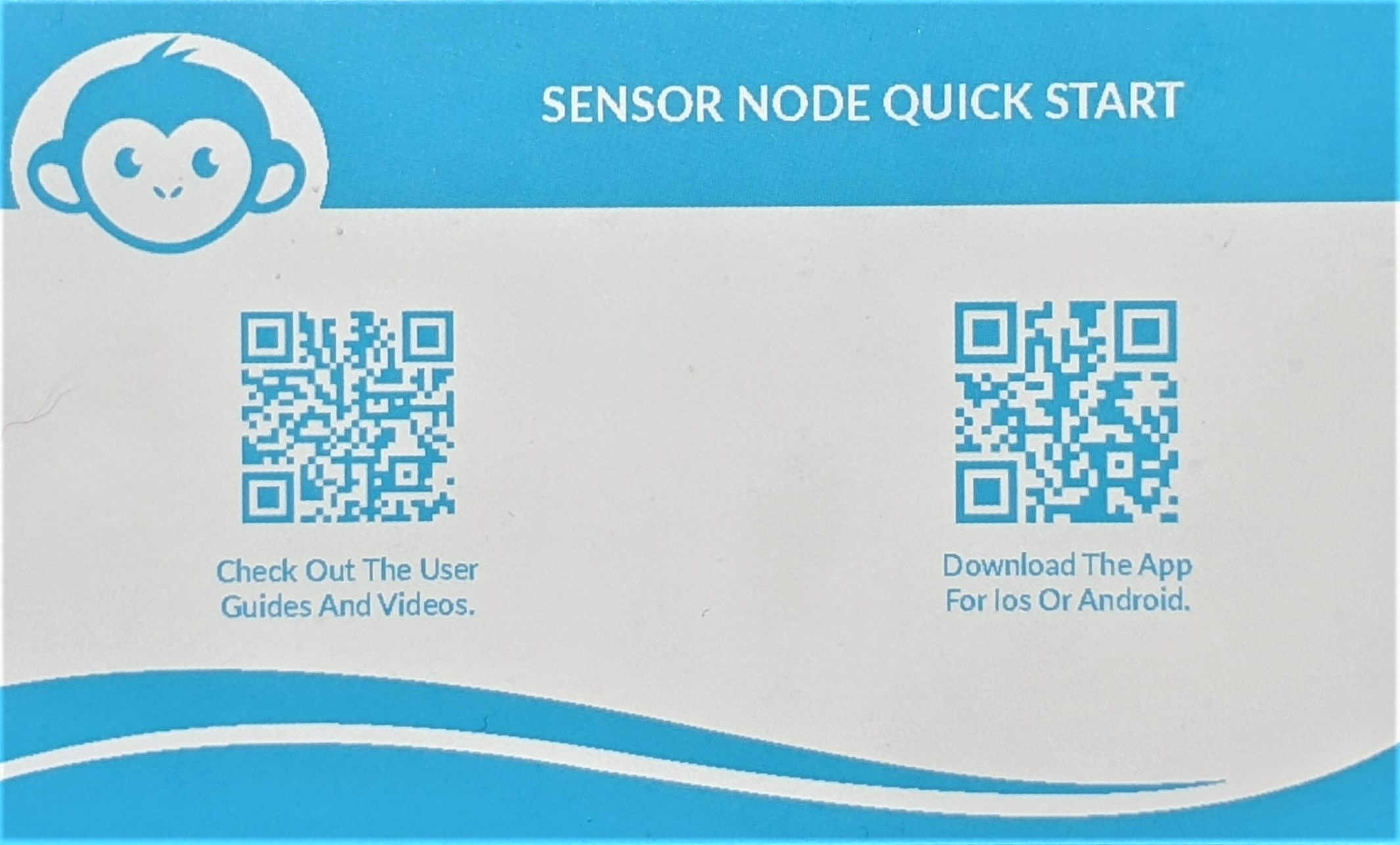
Figure 1a : Documentation & Mobile App - QR codes
On the flip side, we've put an at-a-glance guide to thermal comfort and ventilation. It's good to know what we're aiming for after all. It might be good to stick this next to your monitor. Especially until you've got a feel for the readings.
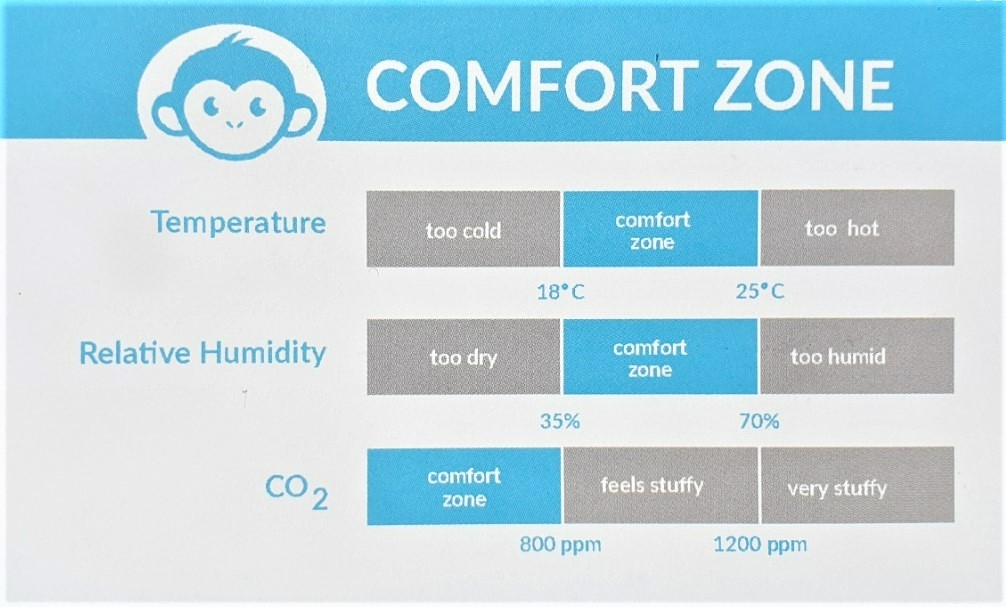
Figure 1b : Guide to comfort zones
Installation
Placement
Sensor Node should be attached to an interior wall away from windows or drafts. Be careful not to place it in direct sunlight as this will affect the readings. For best accuracy, it should be placed between 1.2 m and 1.8 m above floor level. Make sure the air slots and sensors are not obstructed. You'll need to locate the monitor near a power outlet. N.B. The power cable has been rear fed in the following image. Consider placing it where it is clearly visible to students. Sensor Node has been purposely designed to be silent and have a clear but unobtrusive visual readout. We want to give you the information you need, but not interrupt the lesson.
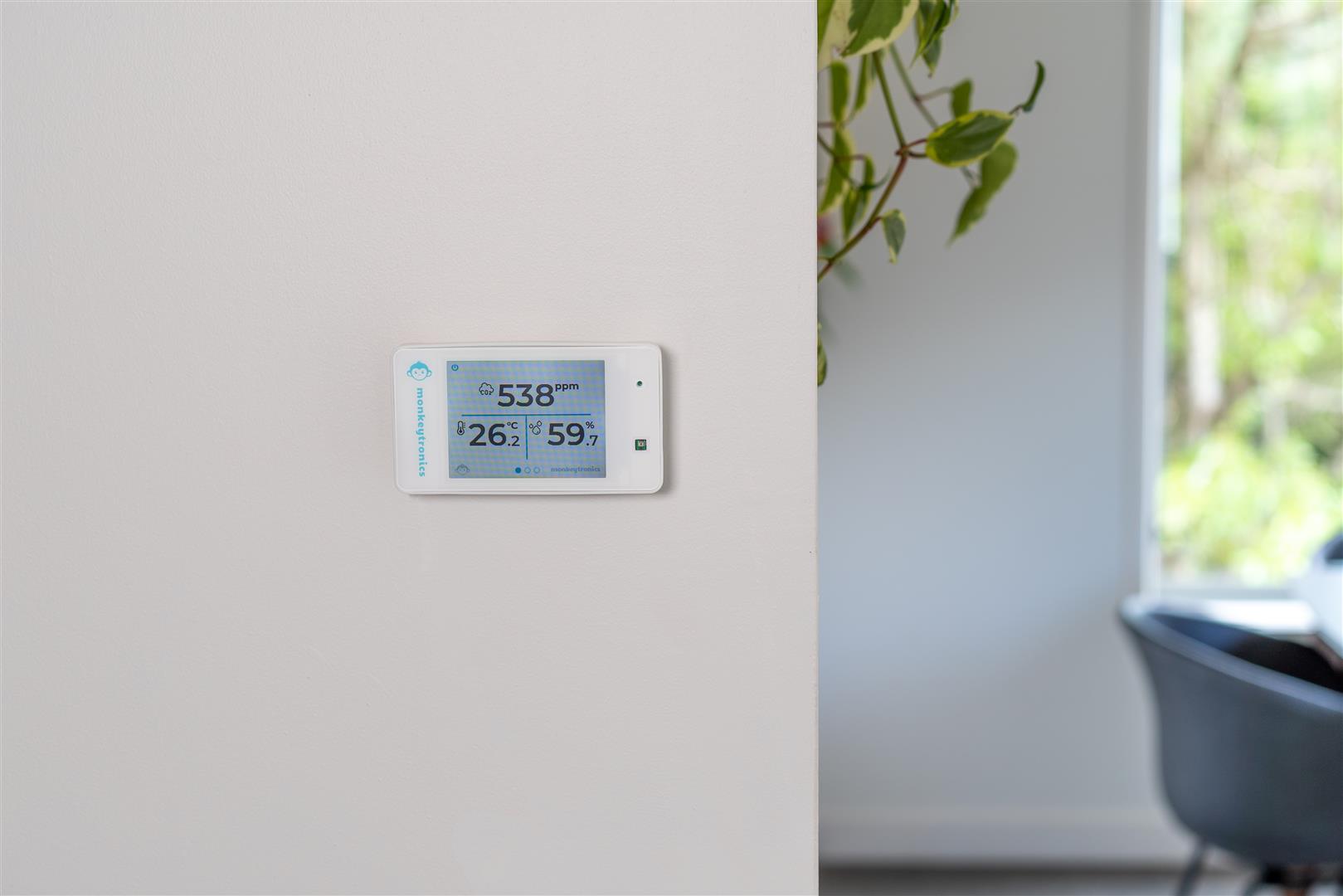
figure 2 : Wall Placement
Fixing
Sensor Node attaches to the wall with 2 screws (supplied), placed in a vertical line 35 mm apart. Before putting the sensor in place, loosen the anti-tamper bolt on the bottom and ensure that the USB cable is connected. Locate the sensor onto the screws and lower it into place. Tighten the anti-tamper bolt again. The unit is now securely attached to the wall, and the USB cable cannot be removed at the device end.
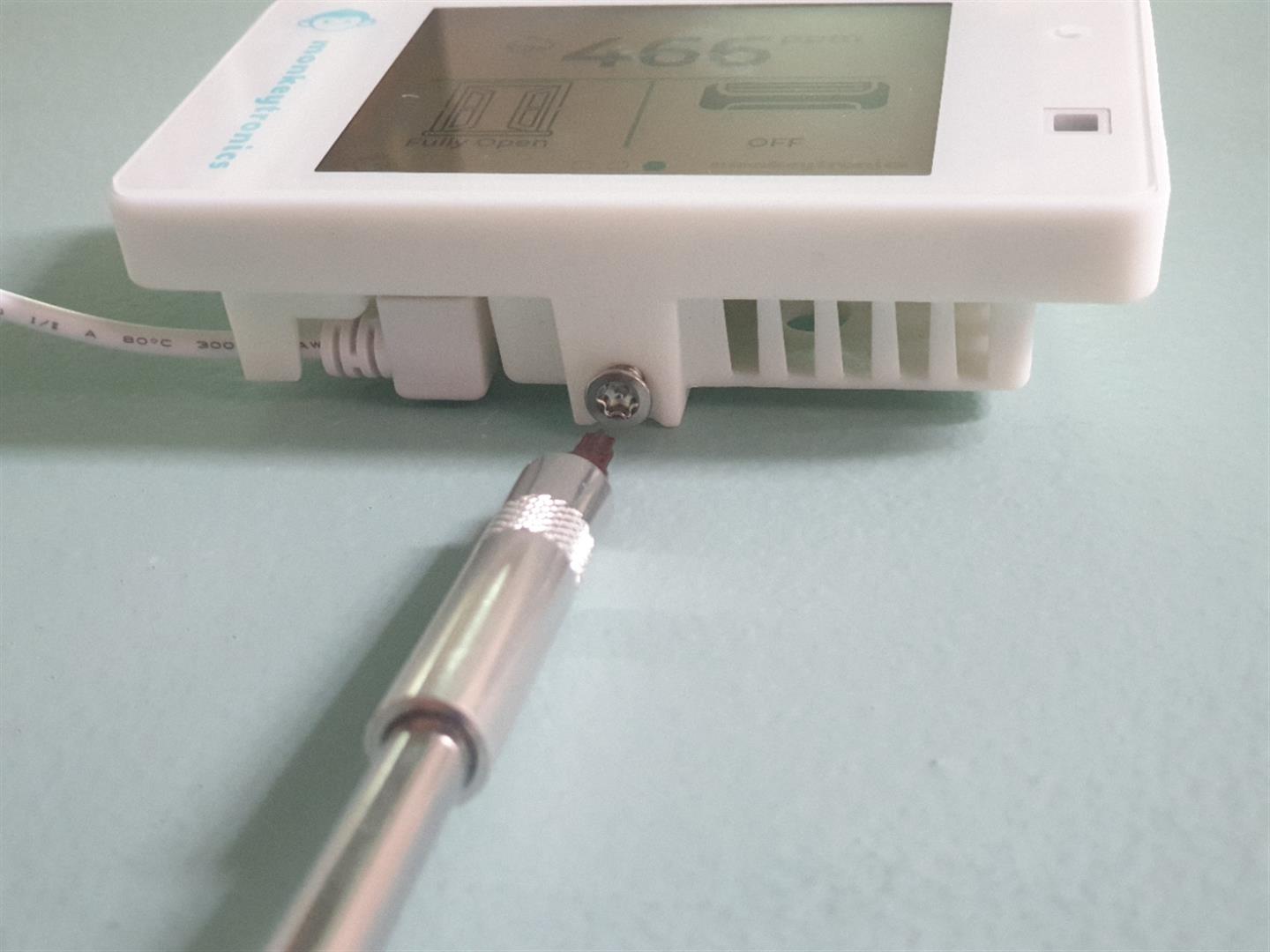
figure 3 : Anti-tamper & security screw
Features
| Feature | Details |
|---|---|
| Connectivity | Wi-Fi |
| Power | Micro-USB (5 VDC) |
| Measurement Interval | less than 5 seconds |
| Physical Dimensions | 11cm x 7cm x 3cm |
| Mounting | Wall mount (with anti-tamper) |
Specifications
| Measurement | Operating Range | Units | Accuracy |
|---|---|---|---|
| Relative Humidity | 0 - 100 % | % | 3.0 % |
| Temperature | 0 - 80 °C | °C | 0.3 °C |
| Carbon Dioxide | 400 - 10,000 ppm | ppm | 3.0% + 30 ppm |
| Luminous Intensity | 0 - 10,000 Lux | Lux | 5.0 % |
| Sound Levels | 129 dB SPL | dBA | 1 dB |
| Reverberation | 0 - 10,000 ms | ms | tbd |
Mobile App
Download the App
The app can be downloaded from the Play Store or App store, depending on where you stand on Android versus Apple. Monkeytronics provides both.
PRO TIP
Use the QR code on the quick start guide to download the app
Register An Account
In the app, you will be prompted to provide a user name, email address and a password. If you forget your password, no worries, just use the "I forgot" link in the login page to reset it.


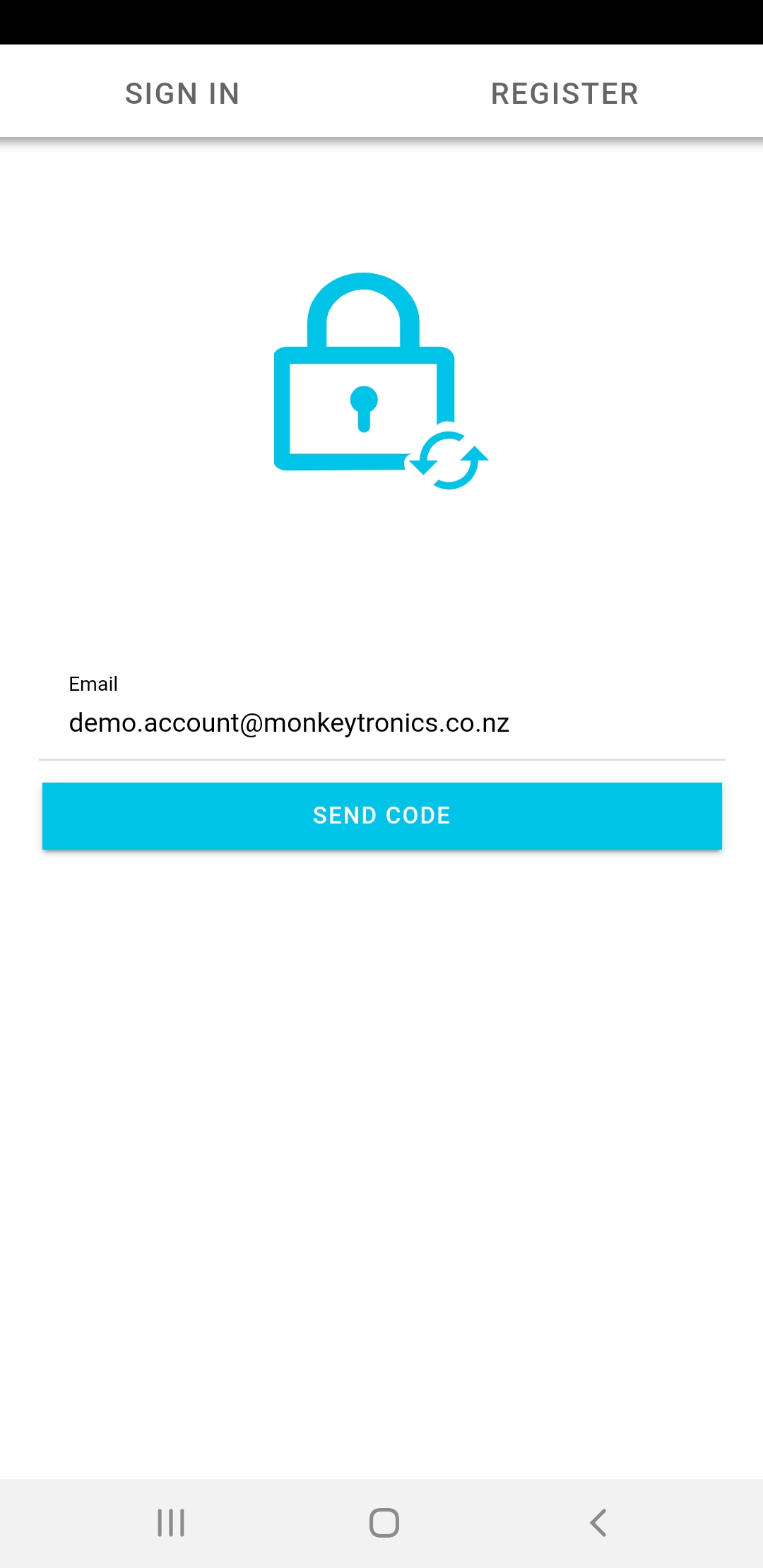
Add/Scan New Device
Once you've signed into your account, you can register your first sensor node device. First click on "Add/Scan Device" from the Home page in the mobile app. A QR code scanner will appear. You can scan the QR code either on the sensor node device or on the box it came in. This contains unique credentials are used to register the device to your accout. Once you have scanned the QR code, follow the remaining steps in the add new device wizard. N.B. some fields with a little star are required. If everything goes well, at the last step, the sensor node mobile app will ask if you want to connect to Wi-Fi next.
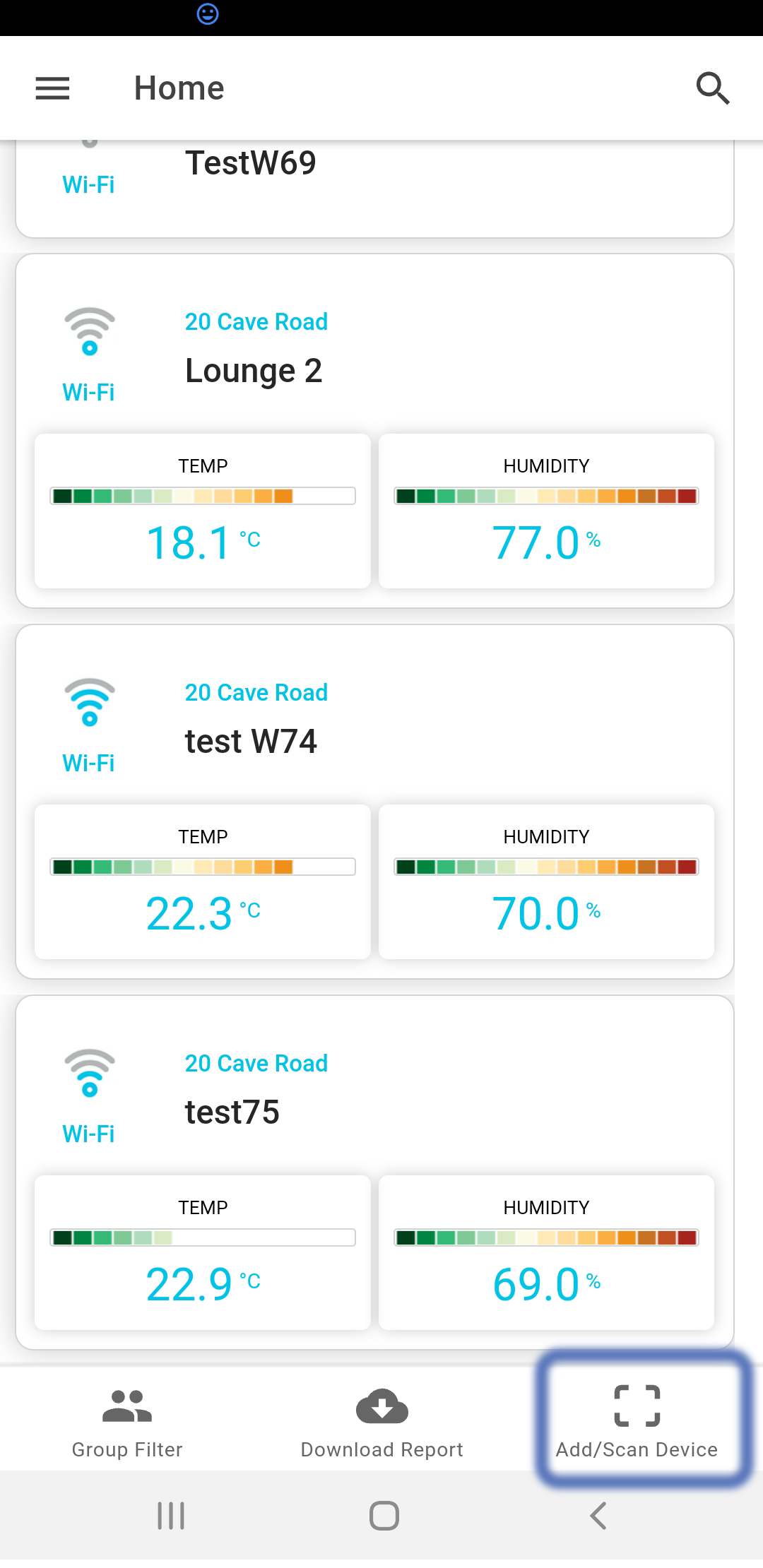
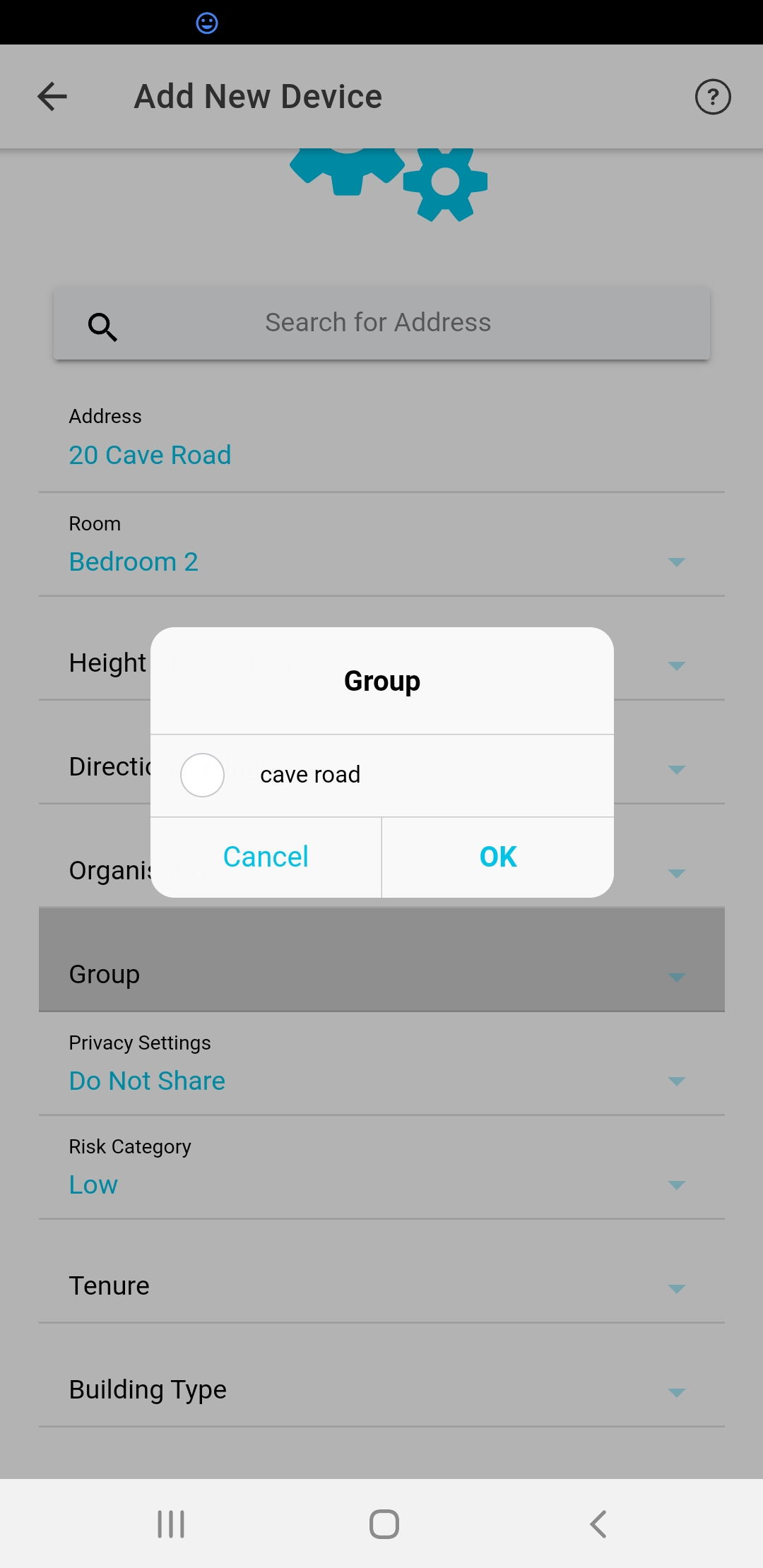

Connect to Wi-Fi
WiFi Connection Wizard
After you have successfully registered your device, click "Configure WiFi" to link your device to your network. Before you proceed, push and hold down the mode button on the back of the sensor node device. After about 3 seconds, the device will restart and open a secure Bluetooth channel. There will be a clear visual indication on the LCD display. Back in the mobile app, click "Configure Wi-Fi": a secure session will initiate. If you experience any problems during this phase, just press (and hold for 3 seconds) the sensor node mode button again to set up a fresh Bluetooth channel and try again.
PRO TIP
If this process succeeds, you will see the "Device Configured" page in the app. However, occassionally the communications between the device and your phone can complete early. Check if the little WiFi icon is present on the top left of the LCD to confirm that the process has worked.

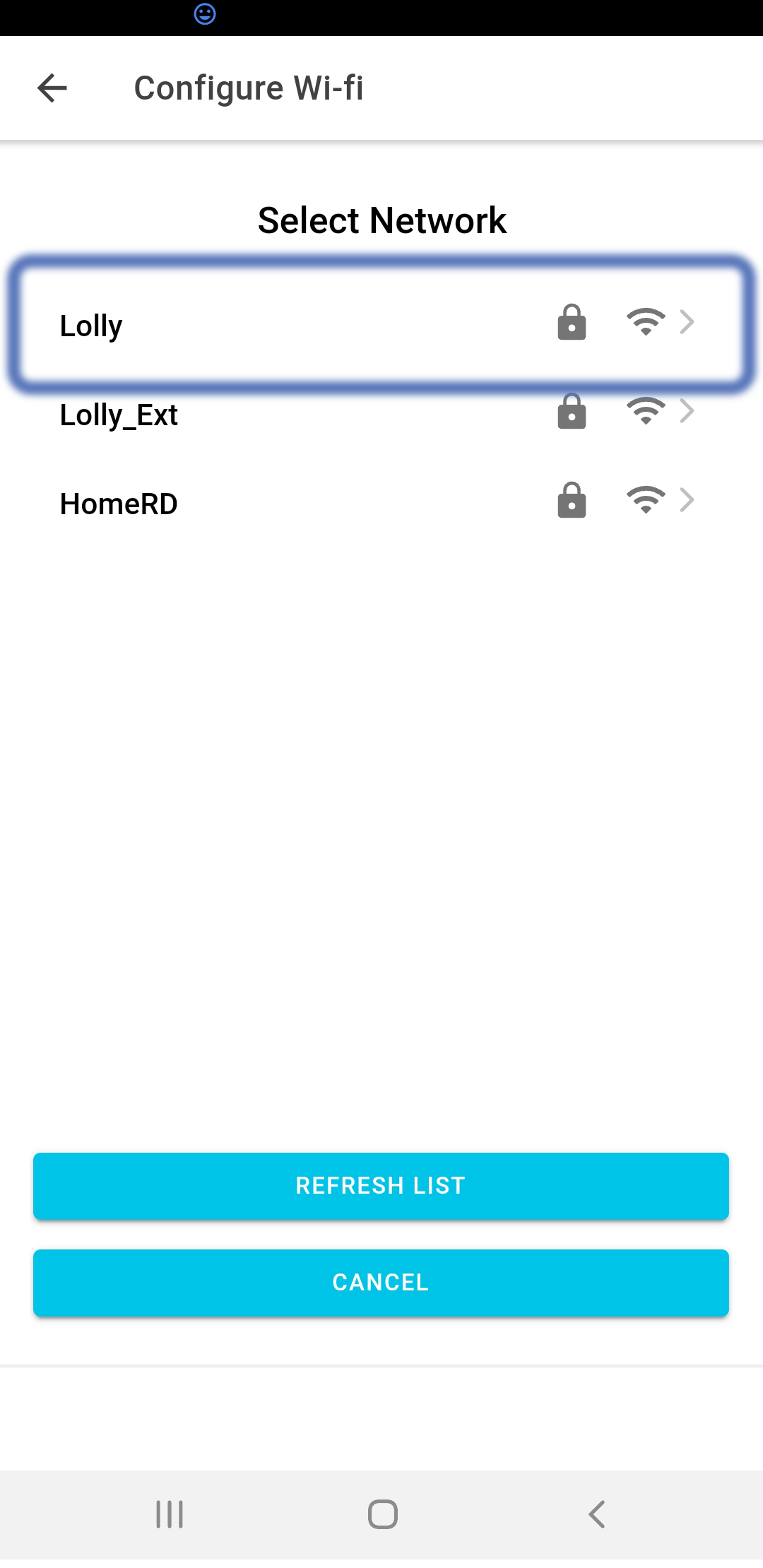
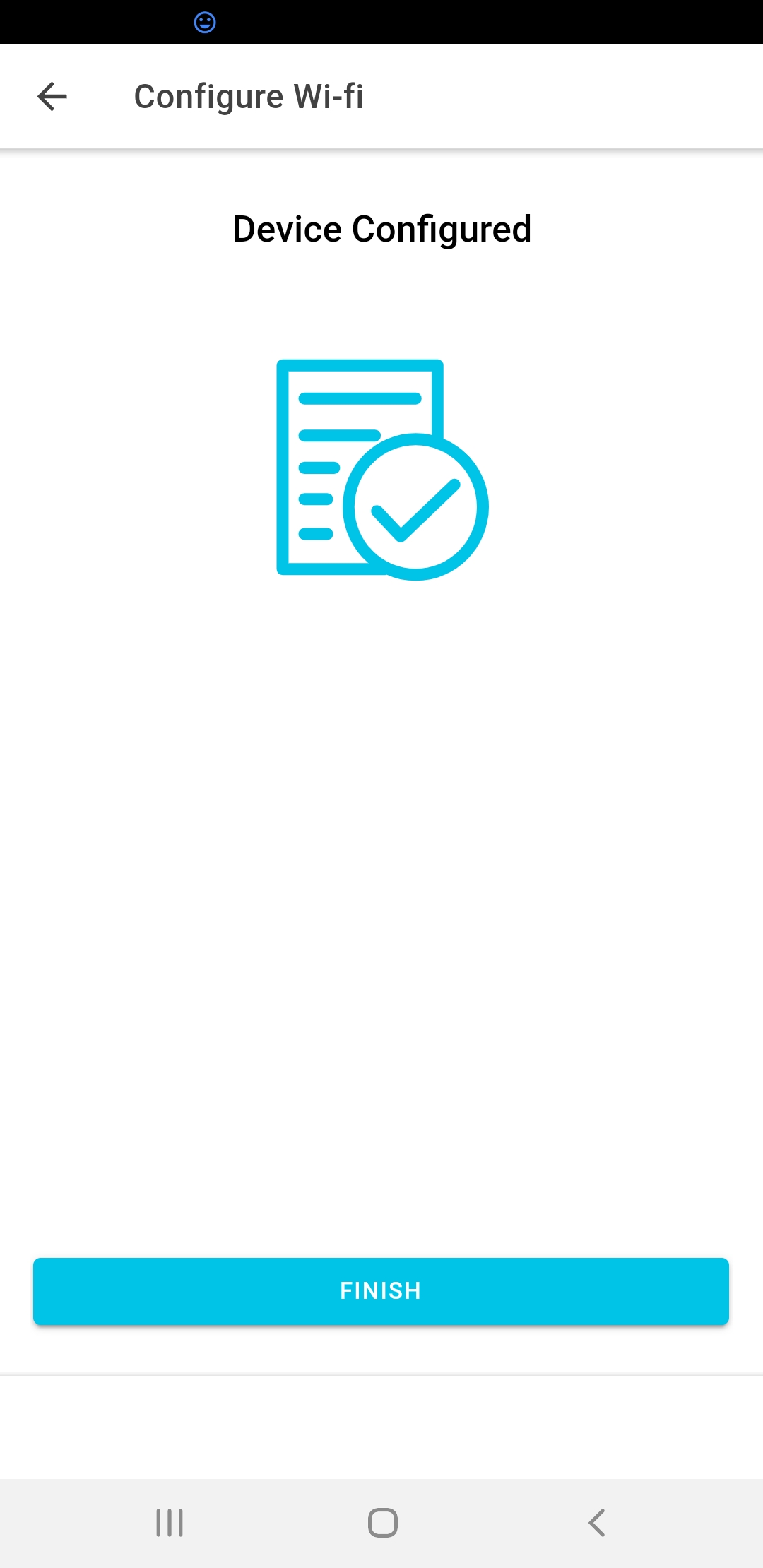
Changing / Updating your WiFi Connection
If you need to repeat this process in the future, or move to a new WiFi network - no problem. From the home page of the mobile app, find and click on the device you wnat to change. At the bottom of the device page there is a WiFi button. Click this to go through the WiFi Connection Wizard again.
Sensor Node Web Portal
In addition to the mobile app, Monkeytronics also provides a full featured Web portal. This was designed to enable schools with a large number of devices to manage their fleet of devices and quickly filter and report on them to get maximum value from their data.
The web portal is available as a complete stand alone alternative to the mobile app. However, in order to add new devices to your account, you do need to use the mobile app. This is because we use QR code scanning to register the device's Porting Authorisation Code (PAC), and we also need to communicate directly with the device over Bluetooth LE as part of the WiFi provisioning process.

Figure 7 : Web Portal
PRO TIP
The Sensor Node Web Portal is available on any browser at https://data.monkeytronics.co.nz
Trouble Shooting Connectivity Issues
We want you to get the absolute best out of your air quality monitors. So from time to time, someone from the Monkeytronics team or from the awesome Ministry of Education team may reach out to you to let you know when one of your Monkeytronics monitors has gone off-line. In this case, you can follow through the simple steps here to figure out what is wrong. Apologies for the terrible photos.
It's Not Plugged In
9 times out of 10, you'll find that it's been unplugged! If this is the case, it's a really great idea to put a bit of tape over the switch and maybe a little sticker to tell students and occassional staff not to switch them off.
Further Investigation!
Let's check if your device is connecting properly by looking at the LCD display. What we want to see is a little Wi-Fi icon on the top left. Occassionally the monitor can get bumped off the network and you will also see the reconnecting (warning) icon. This is usually nothing to worry about. The device may remain discconnected for 15 minutes or more before retrying the connection to avoid clogging up your network with repeat discovery requests.
Sometimes, when the network is a particularly congested, the device may fail to reconnect. So long as it doesn't remain off-line for more than 24 hours this is just temporary. Again no need to worry.

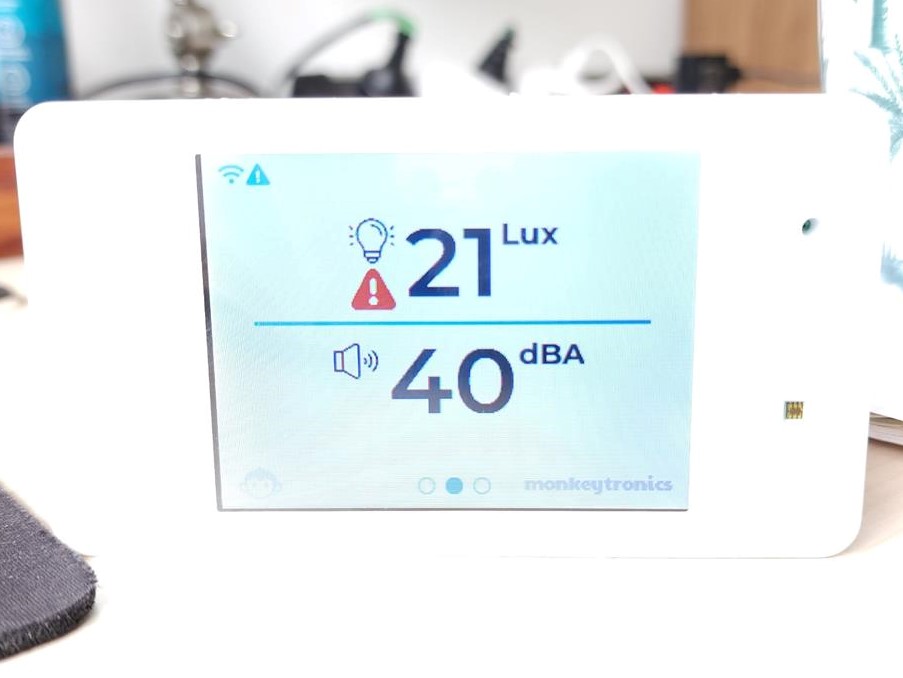
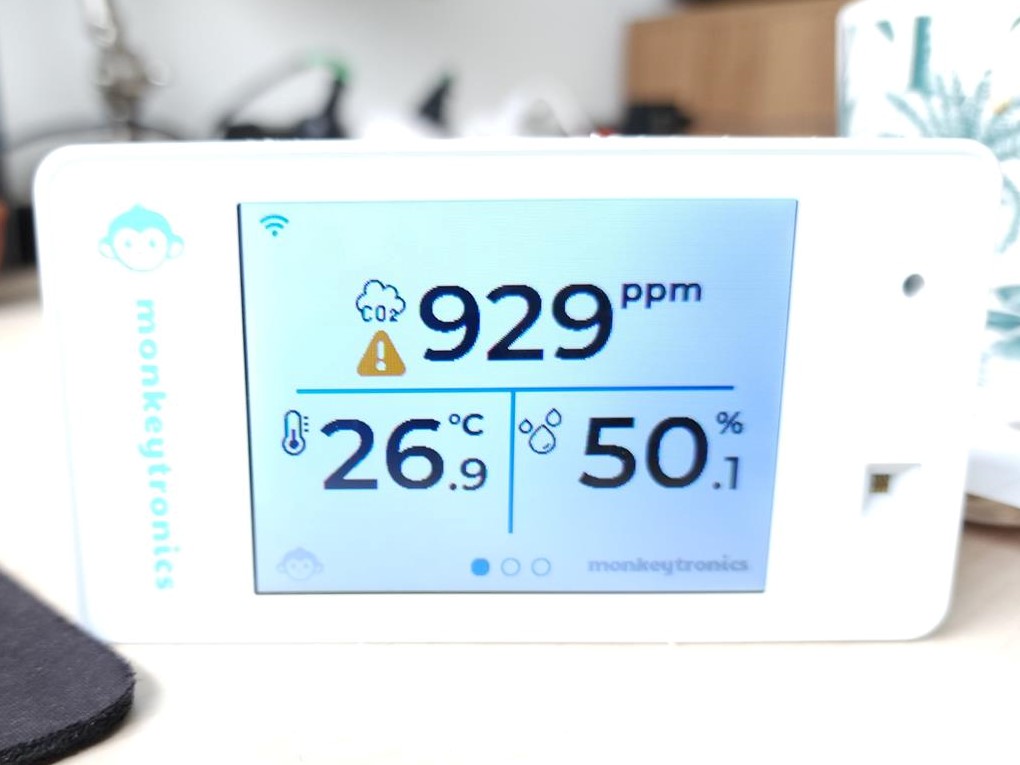
Switch it Off and On Again
If your monitor is not connecting, don't worry! Let's check a few things. First: switch it off and on again at the mains switch. You should see the following boot sequence:
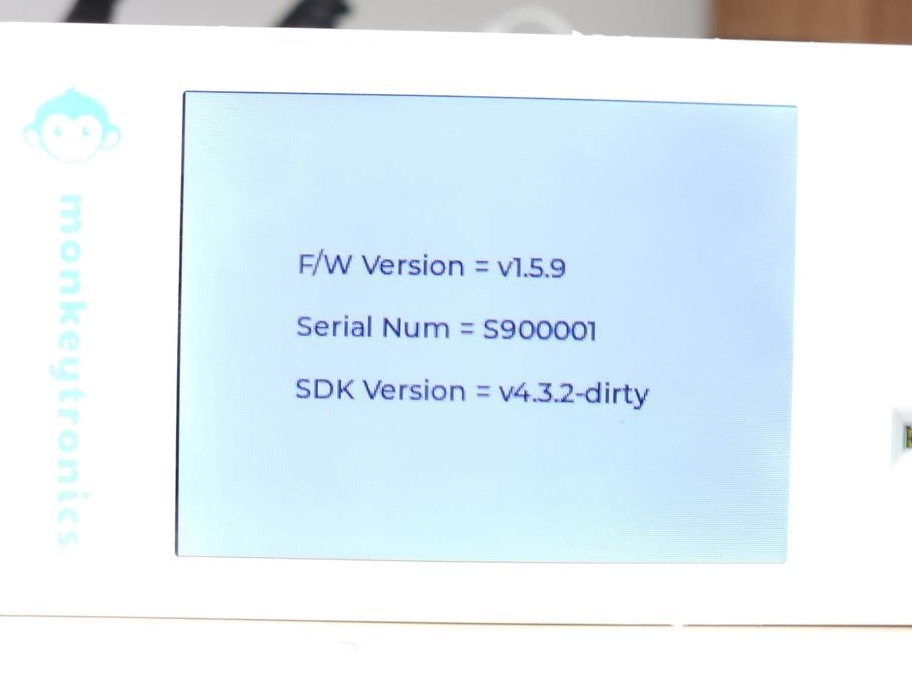
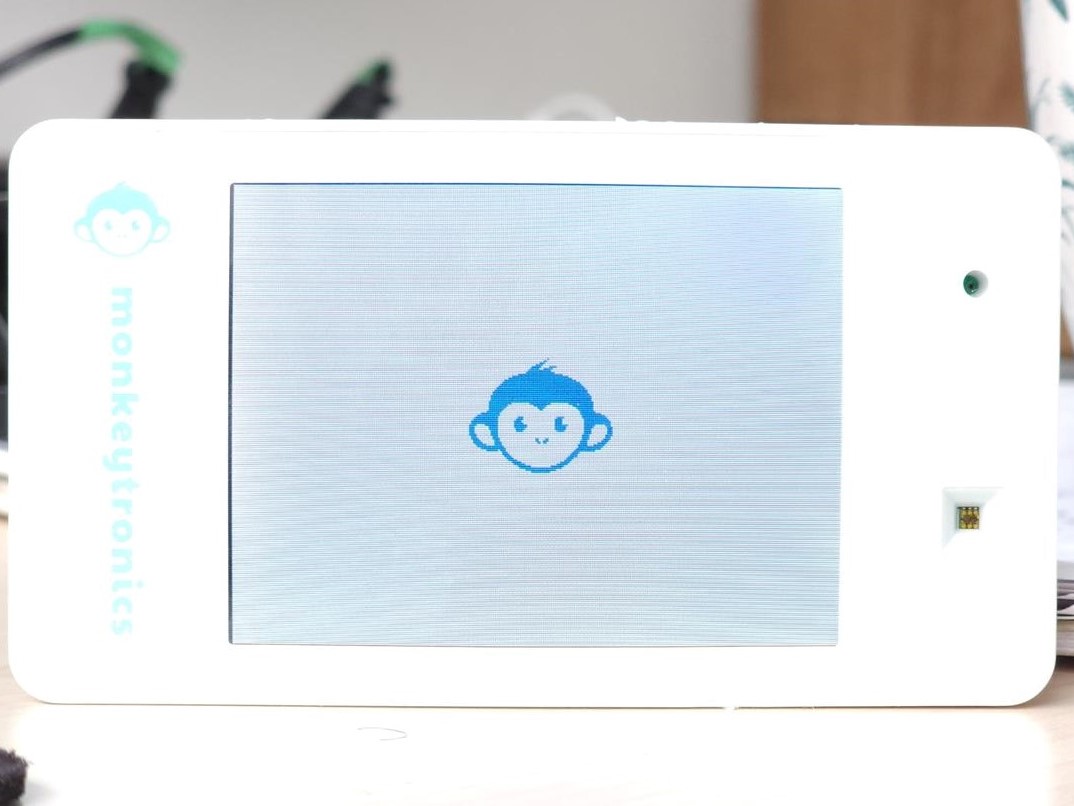
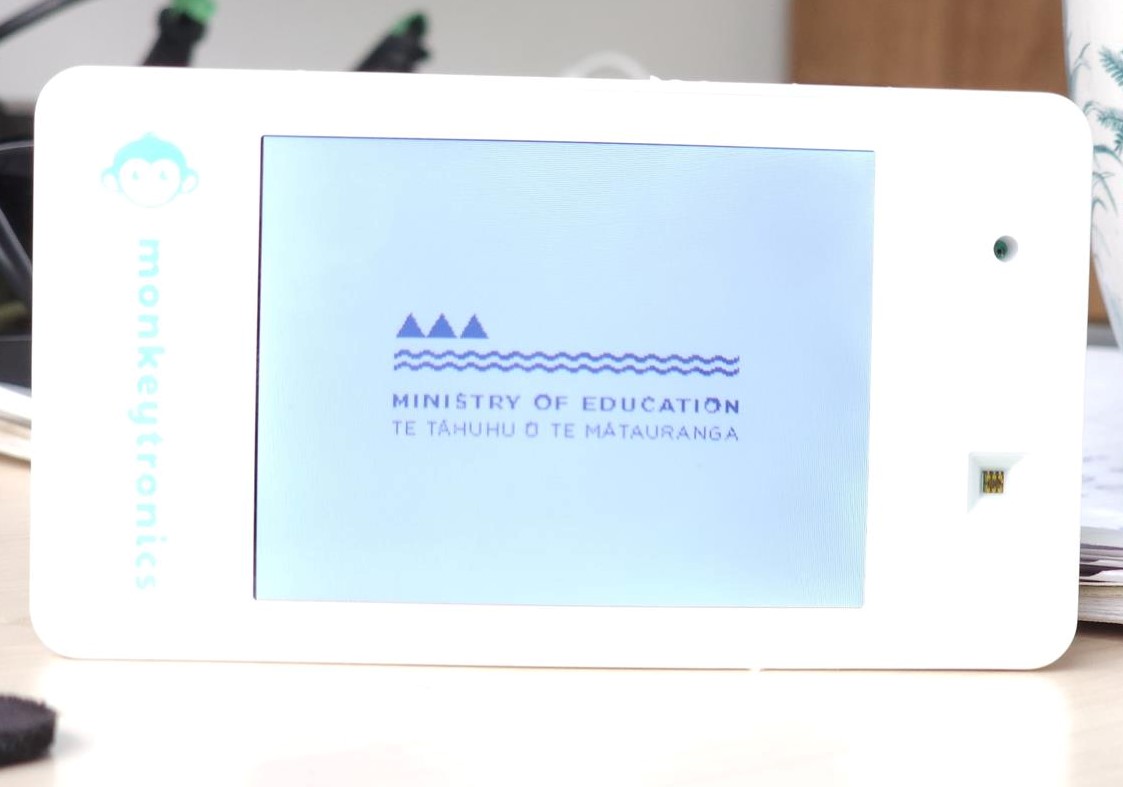
Working Correctly
Once the device has finished booting up, it should start reporting sensor data. It will cycle through a few screens:

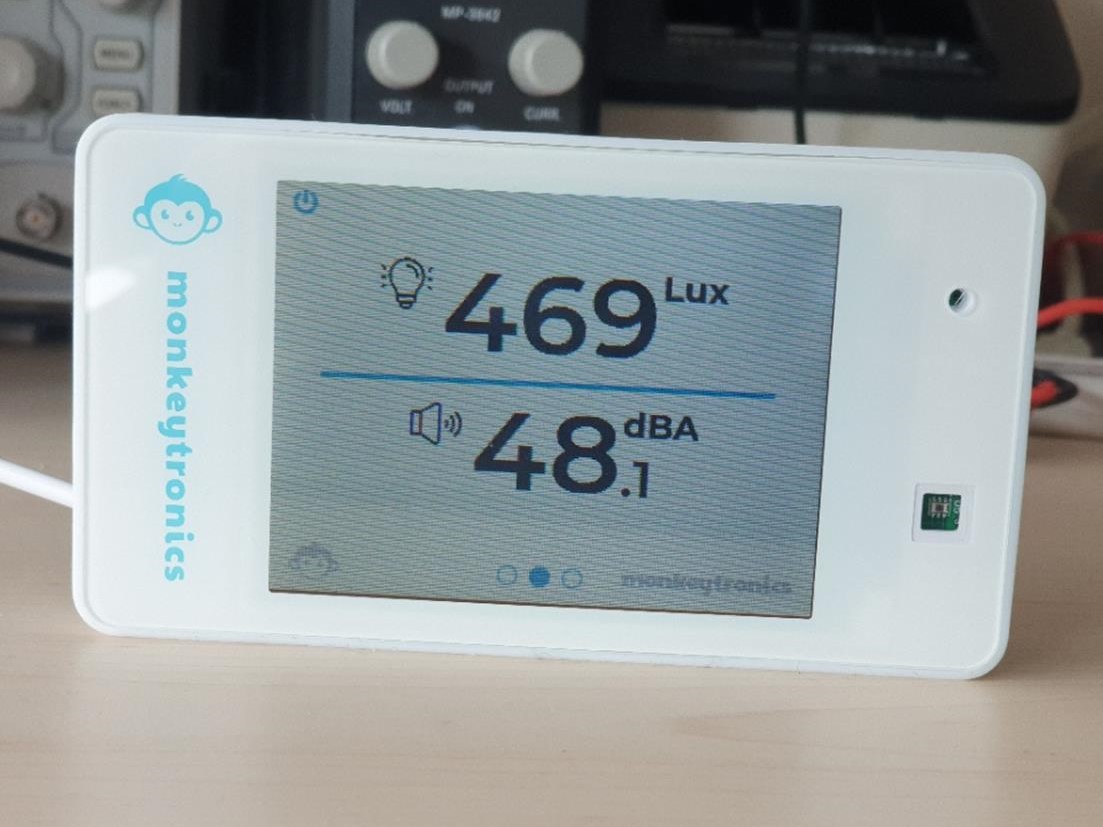
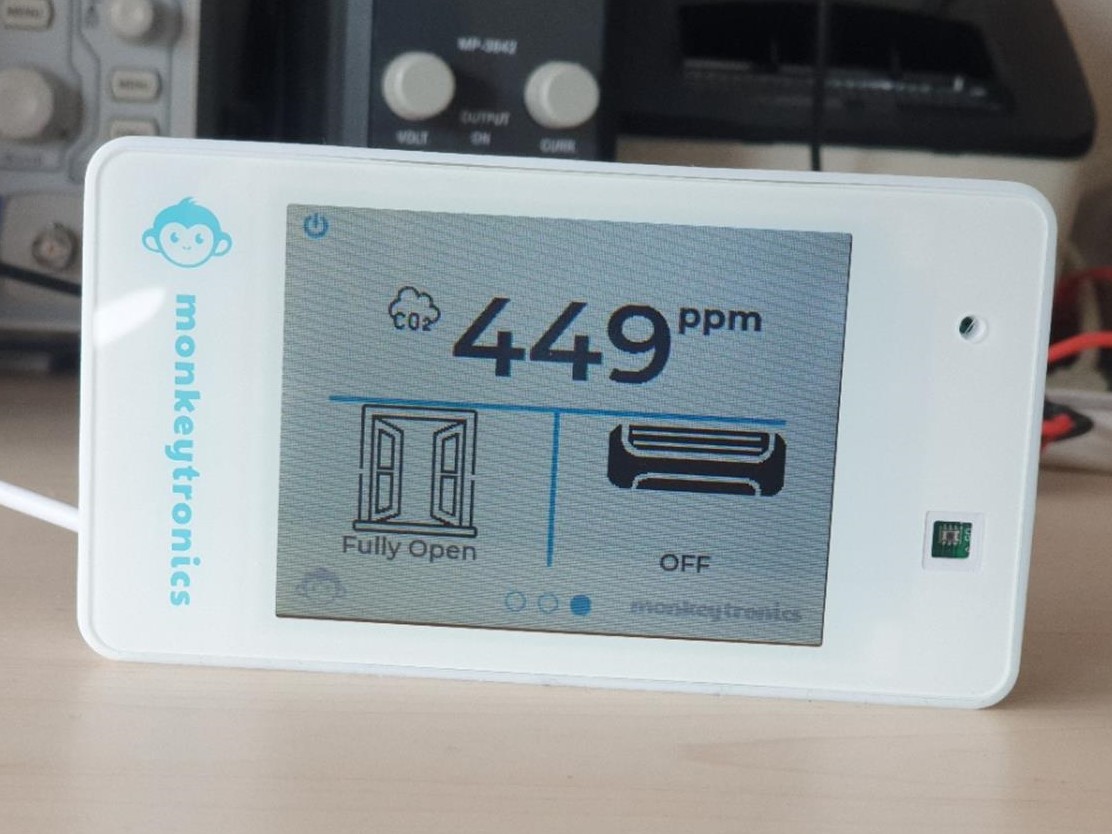
Wi-Fi Configuration Not Done Properly
However, if you see the following screens at any point, you'll need to get in touch with your installer to go through Wi-Fi configuration again.
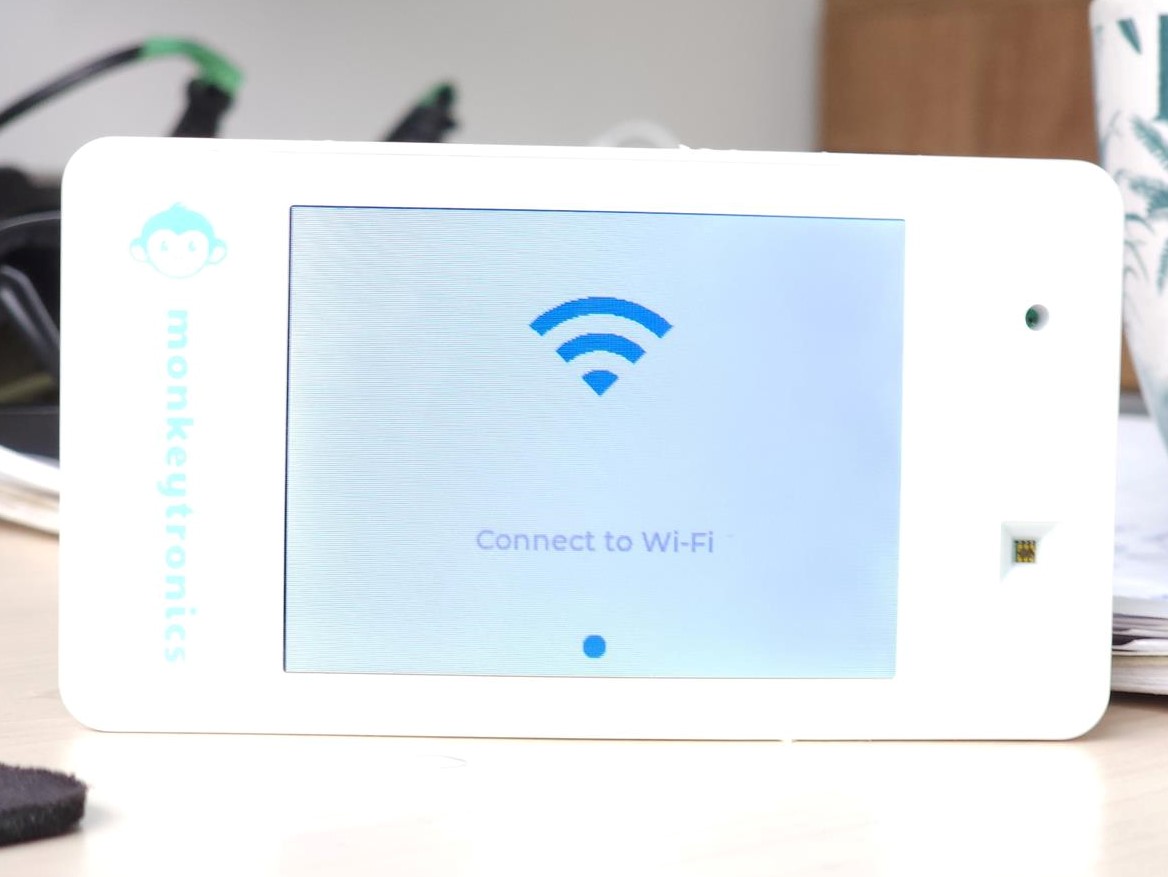
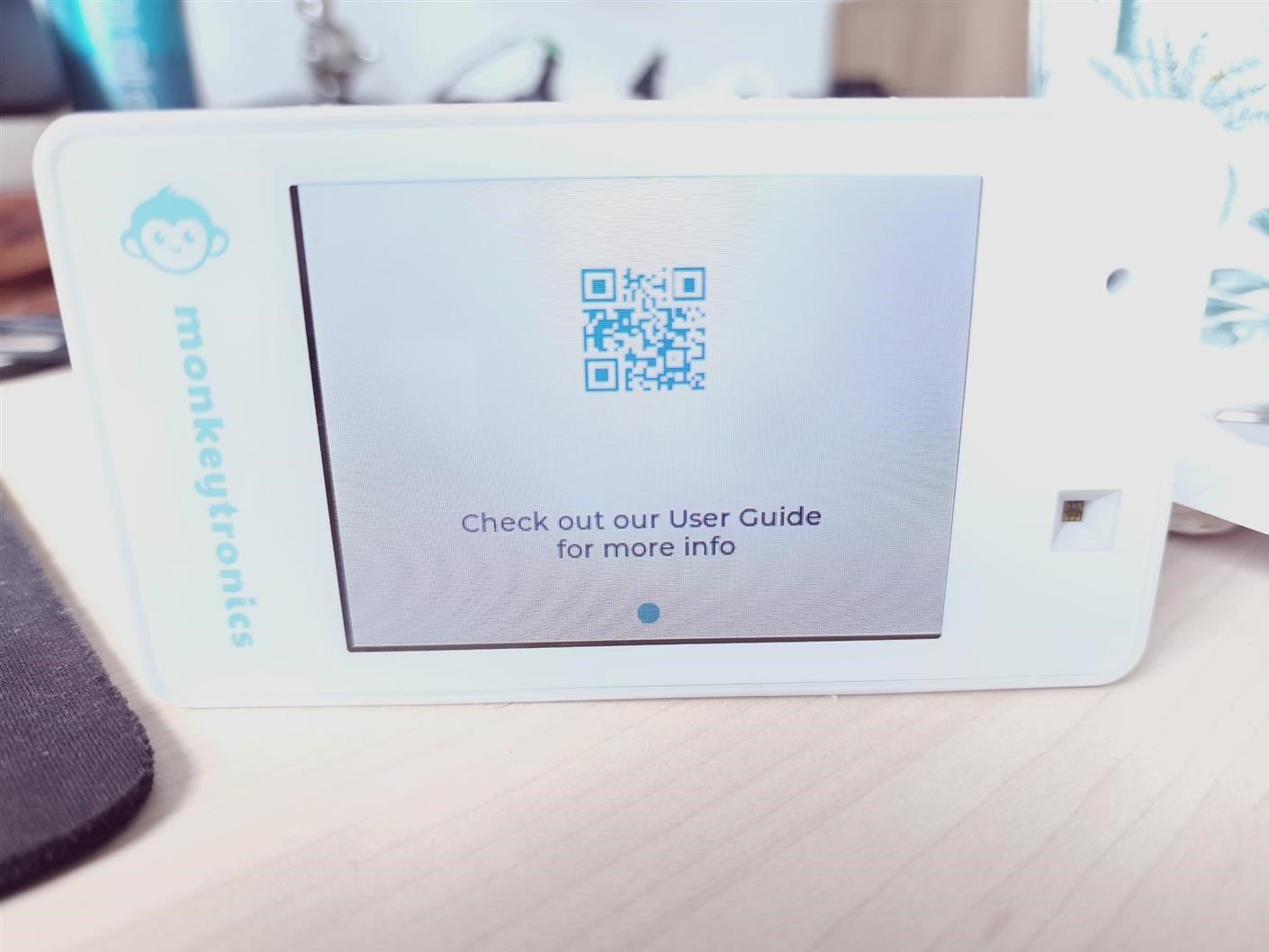
Get Help
As well as these set up guides, Monkeytronics also provides a complete video tutorial series covering everything we have shown here.
If you would like to report an issue or a bug, you can do this directly at the Service Desk : https://service-desk.monkeytronics.co.nz
Lastly, if you're still stuck, just get in touch! You can email us at support@monkeytronics.co.nz. We'd be happy to support you over email, phone or video call.